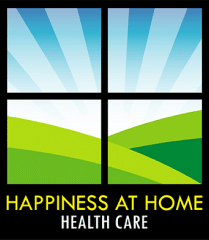Everyone to look out for seniors who could develop heatstroke in higher temperatures.
Emergency attention is required as heatstroke is an actual medical condition. If left untreated, it can be fatal to seniors. Care givers should be on the look out to avoid complications as well as family members.
It’s important in these warm summer weather temperatures, to ensure whether it be parents, family members, or neighbours to identify the signs of illness including respiratory issues due to lower levels of air quality as well as heat. Some seniors may not even realize they are overheating their systems, as their bodies may react slower to sudden temperature changes.
Here are some tips for dealing with heat stroke:
- Watch for the physical signs – extreme thirst, dizziness, headaches, cramps, fatigue, and clammy skin. Symptoms of heatstroke include a 104F or above body temperature, flushed face without sweat, rapid pulse, headaches, and dizziness.
- Make sure you turn on your air conditioning and have fans to circulate air on hand. Sometimes, seniors don’t think about turning on cooling devices. Double check everything is being done to keep air on the move and cool.
- Stay out of the sun – Reduce your sun exposure. Block the sun with shades, blinds, dark curtains but keep windows open at night when coolest.
- Hats and scarves are your friends in these high temperatures. Wear light clothing made of breathable fabrics e.g. cotton. If a breeze kicks up, layer your clothing to be safe.
- Consume lots of water, juices and stay away from alcohol, coffee, tea, and sodas.
- Take extra care if you take medications – Some medications could impact your body temperature. Ask your doctor if you have concerns.
- Avoid exerting yourself – if you must exercise, do so in air-conditioned facilities. Avoid going outside.
Call 911 immediately if you spot a senior would you believe is exhibiting a heat condition.
